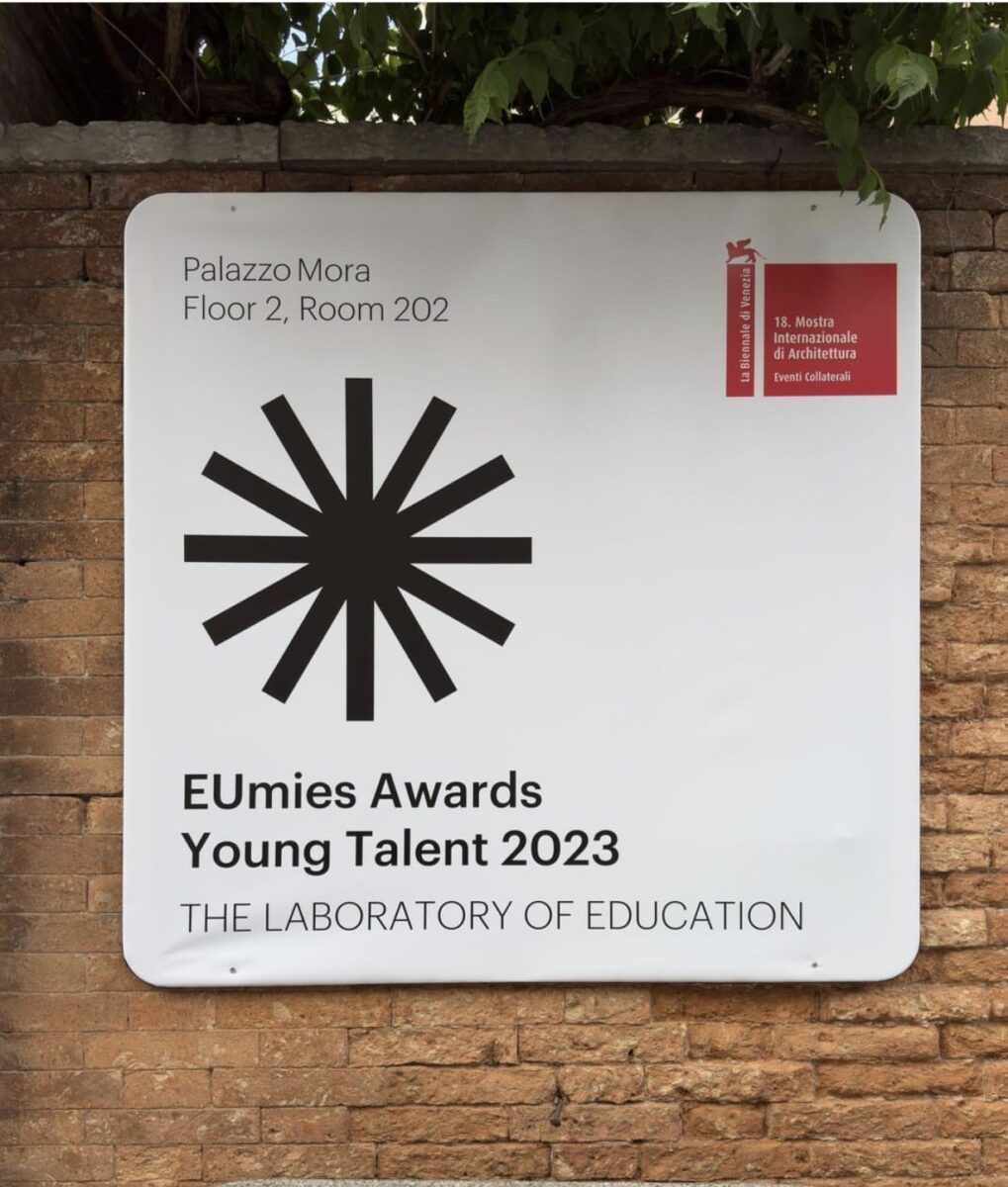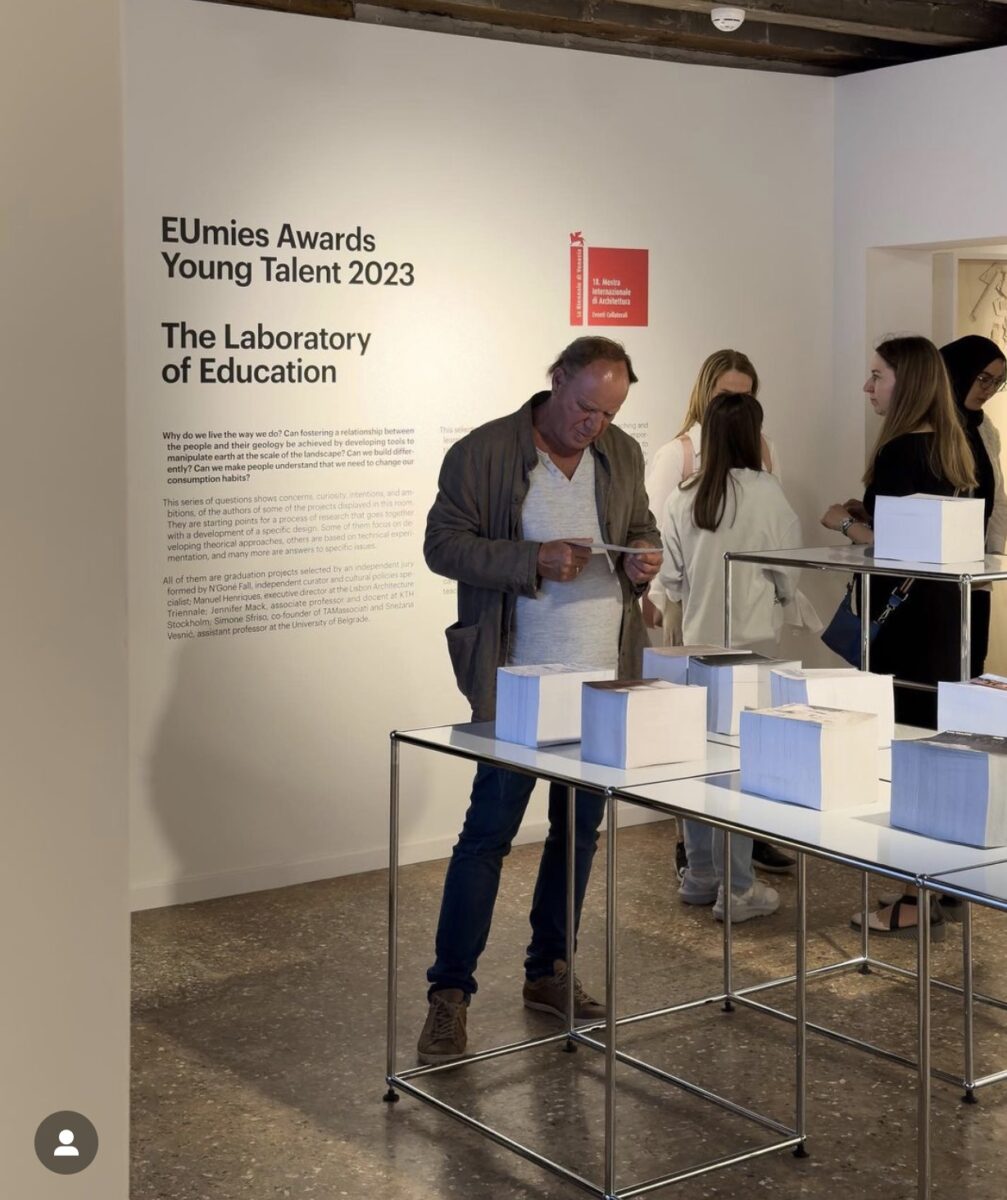The School of Architecture + Cities at the University of Westminster is pleased to offer three full time studentships and three full time fee waivers only, for three and a half years, for prospective PhD students starting in October 2023 or February 2024. Amongst others, we welcome applicants looking to undertake joint PhDs in partnership with practice, industry and/or business.
Located in the heart of London, the School of Architecture + Cities is a flourishing, cross- and inter-disciplinary school with a reputation for research excellence in architecture and urbanism across a range of disciplines. In the 2021 Research Excellence Framework, our research was judged seventh overall in research power in our Unit of Assessment, a measure of overall number of researchers submitted and overall GPA and research staff involved in supervising PhDs are internationally recognised as leaders in their fields. Our research is organised in five research groups and four research centres. Successful applicants will be aligned with one of these entities and contribute to their research and public engagement activities.
About the Project
Architectural Humanities: Proposals that consider contemporary critical questions about architecture and its contexts, employing humanities-based and/or interdisciplinary methods, such as archival and documentary analysis; oral histories; film and visual analysis; drawing; participatory research; installations; and exhibitions. For further information contact Kate Jordan, k.jordan@westminster.ac.uk or Davide Deriu, d.deriu@westminster.ac.uk or visit the research group’s webpage.
Emerging Territories: For further information contact Krysallia Kamvasinou, k.kamvasinou@westminster.ac.uk or Giulio Verdini, g.verdini@westminster.ac.uk or visit the research group’s webpage.
Making and Practice: Proposals that involve either the use of design or practice based methods and processes within their research, or on testing and evaluating design performance for climate change and human or non- human comfort in the built environment. Research methods may include drawing, fabrication, prototyping, live projects, installations, exhibitions, environmental design and analysis, or materials research. For further information contact John Zhang, j.zhang1@westminster.ac.uk or Paolo Zaide, p.zaide@westminster.ac.uk or visit the research group’s webpage.
Place and Experience: For further information contact Stroma Cole, s.cole@westminster.ac.uk or Ilaria Pappalepore, i.pappalepore@westminster.ac.uk or visit the research group’s webpage.
Transport and Mobilities: Proposals that contribute to research into making transport systems and mobilities safe, sustainable, equitable, accessible to all and promoting of health and wellbeing. Focus areas may include active travel; transport equity; sustainable freight and logistics; air traffic management. For further information contact Enrica Papa, e.papa@westminster.ac.uk or Gerald Gurtner, g.gurtner@westminster.ac.uk or visit the research group’s webpage.
Proposals
Proposals are invited that contribute to one or more of the following research areas. You are strongly advised to discuss your proposal with a research group convenor or potential supervisor before submission.
- – Proposals that address the interface of planning, urbanism, landscape and architecture, focusing on the societal and environmental challenges faced by cities and territories in relation to climate change and social and environmental injustice.
- – Proposals that contribute new understandings of decolonising architecture and planning, new critical perspectives of international development, diversity and social inclusion, and health and well-being are particularly encouraged.
- – Proposals that address questions related to tourism, leisure and events; including city tourism and destination experiences; mega events, festivals, and event design; community-based tourism, tourism / gender, and responsible travel. Research should contribute to knowledge of places and experiences by engaging with wider fields: architecture and urban design; sociology, development studies; anthropology; or cultural geography.
For current research group news see: http://www.openresearchwestminster.org/
Applications are invited for the following awards, which are tenable for up to three and a half years of full-time study subject to minimum enrolment periods:*
One of three studentship awards comprising:
- – A full-time stipend of £18,062 per annum for three and a half years.
- – A fee waiver at Home or International rates for three years.** One of three fee waiver only awards comprising
• A fee waiver at Home or International rates for three years.**
Proposals that broaden the school’s commitment to equality, diversity and inclusion and / or deal with matters relating to climate change will be prioritised. Home and international applications will be considered for funding and supported at appropriate rates.
The academic staff member responsible for PhD admissions in the School is Dr Kate Jordan who can be contacted by email via: k.jordan@westminster.ac.uk.
Entry requirements and how to apply
Candidates should normally have a minimum classification of 2.1 in their Bachelor Degree or equivalent and preferably a Masters degree. Applicants whose secondary level education has not been conducted in the medium of English should also demonstrate evidence of appropriate English language proficiency normally defined as IELTS: 6.5 (overall score with not less than 6.0 in any of the individual elements).
Read more about out entry requirements here: https://www.westminster.ac.uk/study/postgraduate/research-degrees/how-to-apply-for-a-research-degree
The closing date for applications is 5pm on Friday 19 May 2023. Interviews will be held on Thursday 15 or Friday 16 June either online or in person.
The Studentship title is A+C Research Studentship.





















